NaNoWriMo (short for National Novel Writing Month) was an annual write-a-thon. Founded by Chris Baty in 1999, it challenged writers around the world to write 50,000 words of fiction between the 1st and 30th of November. In 1999, 21 writers participated; in 2021, this number had grown to 427,653 writers.
NaNoWriMo’s ethos was “to help people find their voices, achieve creative goals, and build new worlds — on and off the page.” And for many years, it succeeded in this. However, following a series of scandals, the nonprofit officially shut down in early 2025.
But that doesn’t mean the challenge is over. Several organizations, including Reedsy, are running alternative write-a-thons in 2025 (see the list at the end of this article).
Just like NaNoWriMo in its day, each of these writing challenges has enormous benefits for aspiring authors. Here's why you should embrace a writing challenge this November:
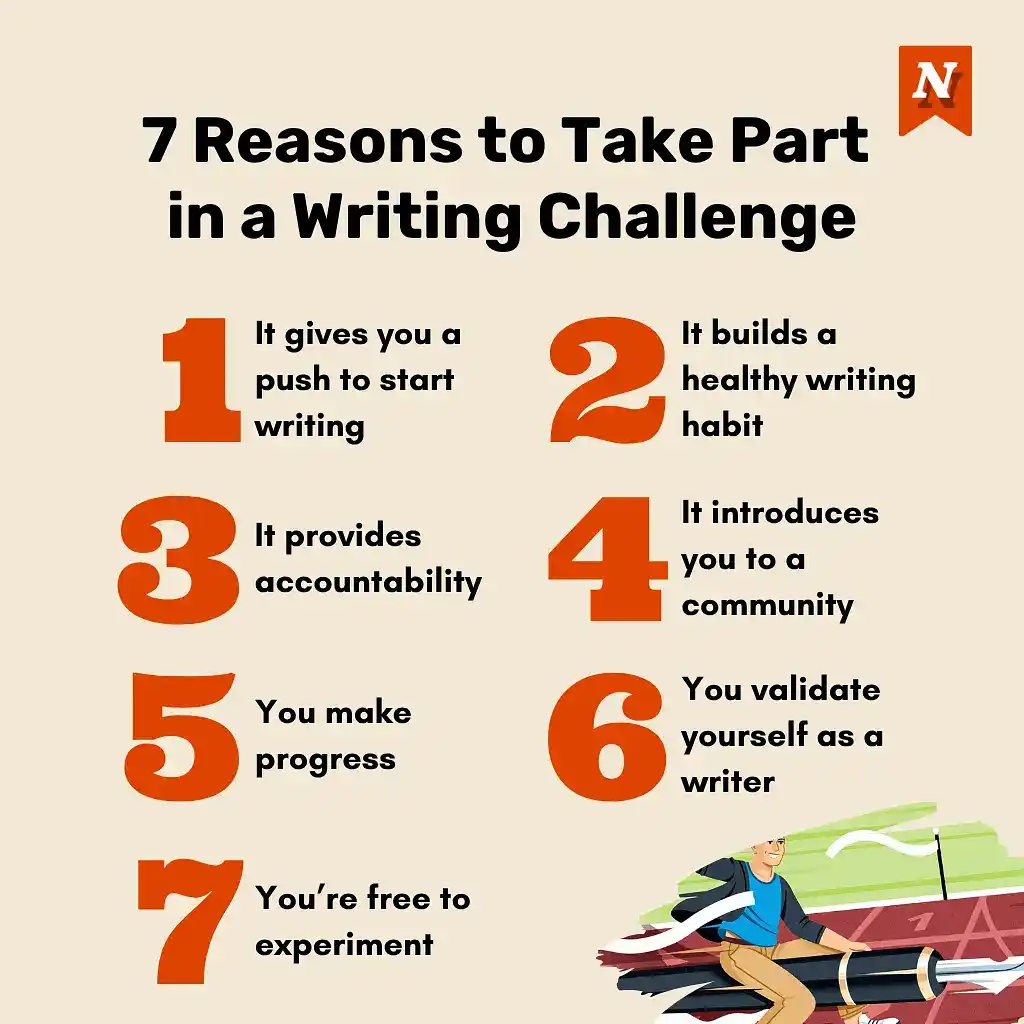
1. It gives you a push to start writing
How many times have you promised yourself that you’ll start writing “when things calm down at work,” “when the kids are more independent,” or simply “when I have more time”? If you’re like most aspiring authors, the answer is probably “too many to count.”
The reality is that there will never be a right time to start writing. There will always be something else you need to do — and if you don’t make writing a priority, you may never get around to it!
Joining a structured write-a-thon can give you that little push you need to get started: namely, it provides a reason to make today the day that you finally pursue your passion in earnest.
2. It builds a healthy writing habit
Getting started is one of the biggest hurdles an aspiring writer faces. But another challenge is maintaining momentum. Fortunately, joining a writing challenge forces you to find time to write almost every day. To meet the 50,000 words goal in 30 days, for instance, you would need to write an average of 1,667 words per day — which can only be achieved with adequate organization and dedication.
Successfully completing (or even partially completing) a write-a-thon will show you just how much time you do have to write. Granted, it may be unsustainable to write for the same number of hours every month, but you can surely find time to integrate some of those hours into your weekly routine going forward.
Chances are you’ll also have experimented with writing at different times of day and in different locations to fit the challenge around your schedule. Learning what rituals work best for you is another valuable benefit of writing so much in such a short time.
3. It provides accountability
Besides invalidating your excuses about the lack of time to write, a writing challenge imposes negative consequences on not writing — further helping you maintain momentum.
It’s all too easy to give up on a project as soon as it gets a bit tricky. But when you’ve told yourself, your family, your friends, and other writers online that you’ll keep writing for the whole month, you’ll be less inclined to give up at the first hurdle, if only because that would be embarrassing.
Of course, there’s nothing embarrassing about failing to meet the challenge if you’ve tried your best or if circumstances beyond your control prevent you from writing — but having made a commitment to the challenge, you’ll be less likely to quit after one hour of writer’s block. A bit of pressure to perform can do wonders for your productivity.
4. It introduces you to a community
For the most part, this pressure is internal. The other writers you interact with are far more likely to be supportive than judgy. Encouraging each other, celebrating each other’s milestones, and reminding each other that nobody is alone are key pillars of write-a-thon communities.
Some writing challenges even allow participants to join live coworking sessions to ease the sense of isolation. You can often chat to your peers in forums, too, and get to know like-minded people or learn from their experiences. Many writers forge friendships/mentorships that extend well beyond the initial 30 days.
5. You make progress
Whether or not you consciously learn new techniques over the course of the challenge, you will improve as a writer. Every sentence is one more sentence of practice and, as we all know, practice makes perfect (or rather, progress).
It doesn’t matter if the 50,000 words you write are absolute garbage. You will have still developed your writing stamina, instincts, and resilience — plus you’ll have learned what not to do next time. In other words, you’ll be a better writer even if you don’t make progress on a specific project.
6. You validate yourself as a writer
On a related note, completing a NaNoWriMo alternative validates your status as a writer.
Many aspiring authors struggle with feelings of self-doubt and inadequacy. Yet we can surely all agree that anyone who manages to write 50,000 words (or even 30,000 words) consecutively is a writer. They may not be a published author (yet), but they are a writer — and nobody, not even themselves, can claim otherwise.
Proving to yourself that you’re a writer can make it that much easier to believe you have what it takes to become a published author. Shaunta Grimes sums it up perfectly in a 2019 Medium article:
Doing it was magical for me, because once I knew I could write a novel, I knew I could learn to write one well.
7. You’re free to experiment
Finally, one of the best things about a write-a-thon is that nobody has to read your work. Whether you win the challenge is either determined by word counting software or simply by an honor-based system. This means you’re not writing for an audience and you’re completely free to experiment creatively.
If you like, you can ignore what sells and write a book that breaks all societal norms; or you can try out an idea that may or may not work — without facing any consequences if it doesn’t. There’s no need to be self-conscious about your story or your writing style. The important thing is to just write. You may be surprised by what you can come up with when the fear of failure is removed.
Hopefully we’ve convinced you to join a writing challenge. But with NaNoWriMo gone, what options are out there? Here are a few of our favorites:
- Reedsy Novel Sprint
- ProWritingAid's Novel November
- The Order of The Written Word’s November Challenge
- AutoCrit's Novel 90
- World Anvil's NovelEmber
For a detailed comparison of these challenges and for even more options, check out this list of NaNoWriMo alternatives.
Good luck!


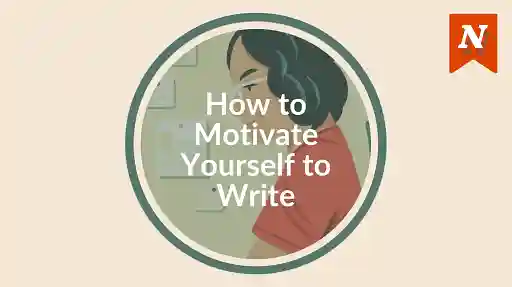
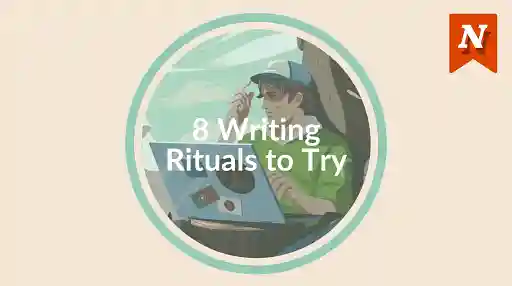

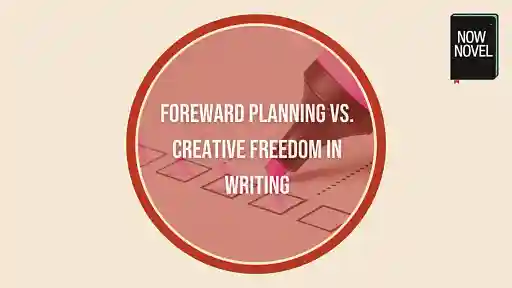
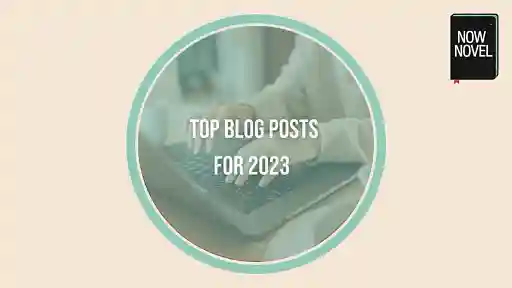
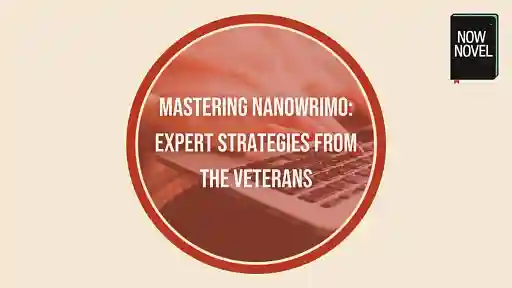



I heard about NaNoWriMo in 2008. What a kick to talk, for the first time, with another writer. Somehow I found the website in 2010 and began. I've been in every NaNo, a Script Frenzy (HARD), and several Camp NaNo's where the rules are relaxed. I have usually won, usually contributed to Office of Letters and Light, and usually despair of getting even an idea. The first one in 2010 was my best. I took one of my secondary characters and took off with it. I think it worked okay, filling in some of the holes in the back story of my 'art therapy' I unknowingly had been writing for over 20 years. Anyone can do it. We have all done writing. If nothing else, write about a part of your life with names changed to protect the innocent. No one will read it unless you want someone too. It can be any kind of quality. Kick your critical self (inner editor) out the door when you sit down to write. (Easier said than done.) But - Just - Write!
Njn - Over 9 years ago
Hi njn, that's commitment! Thanks for sharing your experience and tips.
Bridget At Now Novel - Over 9 years ago
Is there formatting rules, like those required for manuscripts?
David - Over 3 years ago
Hi David, thank you for your question. Do you mean for NaNoWriMo? None other than the usual way one would format a manuscript (many publishers provide guidelines on their submissions pages that are a useful starting point for deciding things such as font size and spacing). Penguin Random House say, for example: We would prefer manuscripts that: have 1.5 or double spacing use a serif font like Times New Roman, Garamond or Century, size 12 have page numbers use paragraphing are not written completely in CAPS I hope this answers your question! Thanks for reading our blog.
Jordan - Over 3 years ago
After reading the above intro and all the links on the side of the page, I still do not know how to join NaNoWriMo for this coming month. Is there a fee? Is there a place to sign up? Thanks.
Ghosha Maffei - About 3 years ago
Hi Ghosha, thank you for the feedback! I will update this article accordingly so that it's clearer. There is no fee to join NaNoWriMo and you may sign up via NaNoWriMo's website at nanowrimo.org. If you're planning to do NaNo, you can also join our dedicated group for NaNoWriMo 2022 in Now Novel Groups, our chat forums and critique community which is free to join. Once signed in, you'll find the group here.
Jordan - About 3 years ago
Hi I've joined NanoWriMo2022 but am not sure how to start. Do I just type in a Word document or is there a template in which I write every day and which will automatically do a word count to chart progress?
Indrani Ganguly - About 3 years ago
Hi Indrani! Thanks for joining. You just type in a Word document (or Google Docs or your word processor of choice). I would suggest keeping a separate document or spreadsheet to record your word counts each day, what you enjoyed and what was challenging. That way you can monitor your progress, and keep a record of what went well and what you'd like to work on in your writing and story craft moving ahead. Word has the convenience of an inbuilt word count. If you're planning on sharing segments for feedback from the Now Novel community, the Writing Pad on the site tells you your word count and you can also export segments of your story to PDF and view character and plot outlining you've done in a sidebar as you write.
Jordan - About 3 years ago
Due to constraints, is this a course in writing, fee? Editing? Thank you.
Smith - Over 2 years ago
Hi Smith, thank you for reaching out. NaNoWriMo is an annual challenge to write a draft book of 50,000 words in the month of November. There is no fee to join and participate. If you're looking for courses, we offer courses and guides with a range of fees (from free to six-month courses with coach feedback, workbooks and sprints). You can learn more here. If you're interested in editing, you can get a no-obligation quote via our editing services page. I hope this is helpful.
Jordan - Over 2 years ago